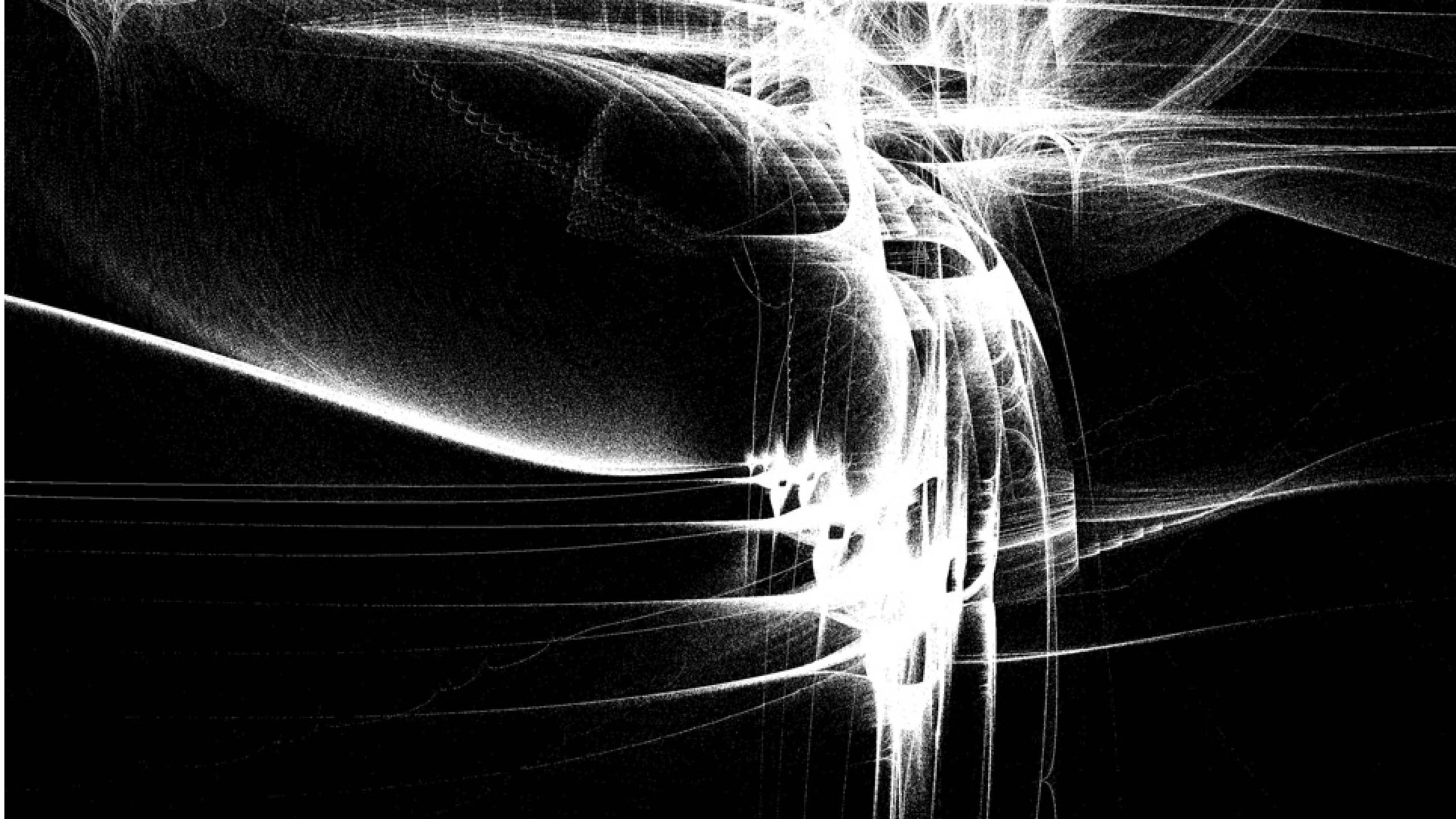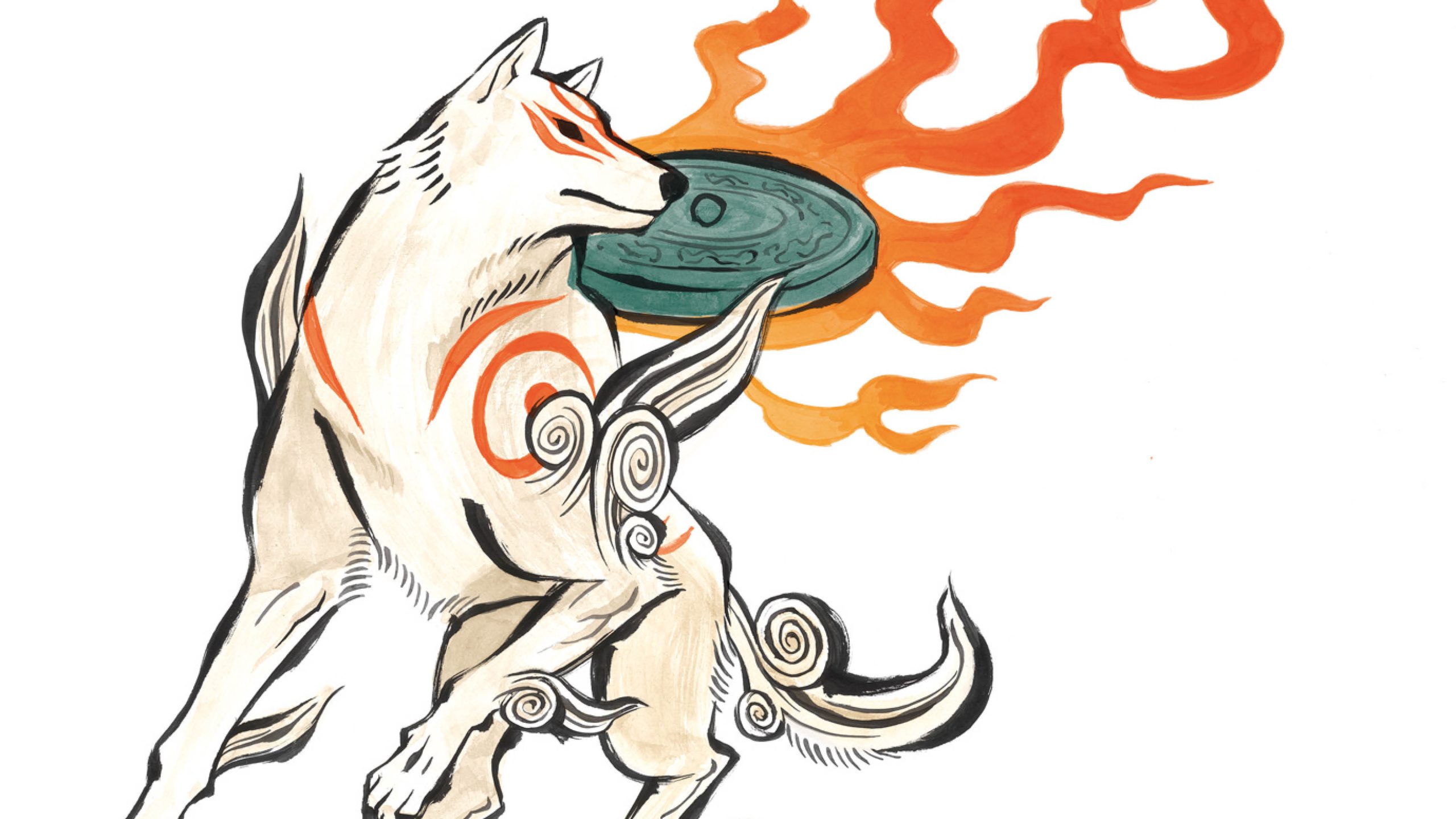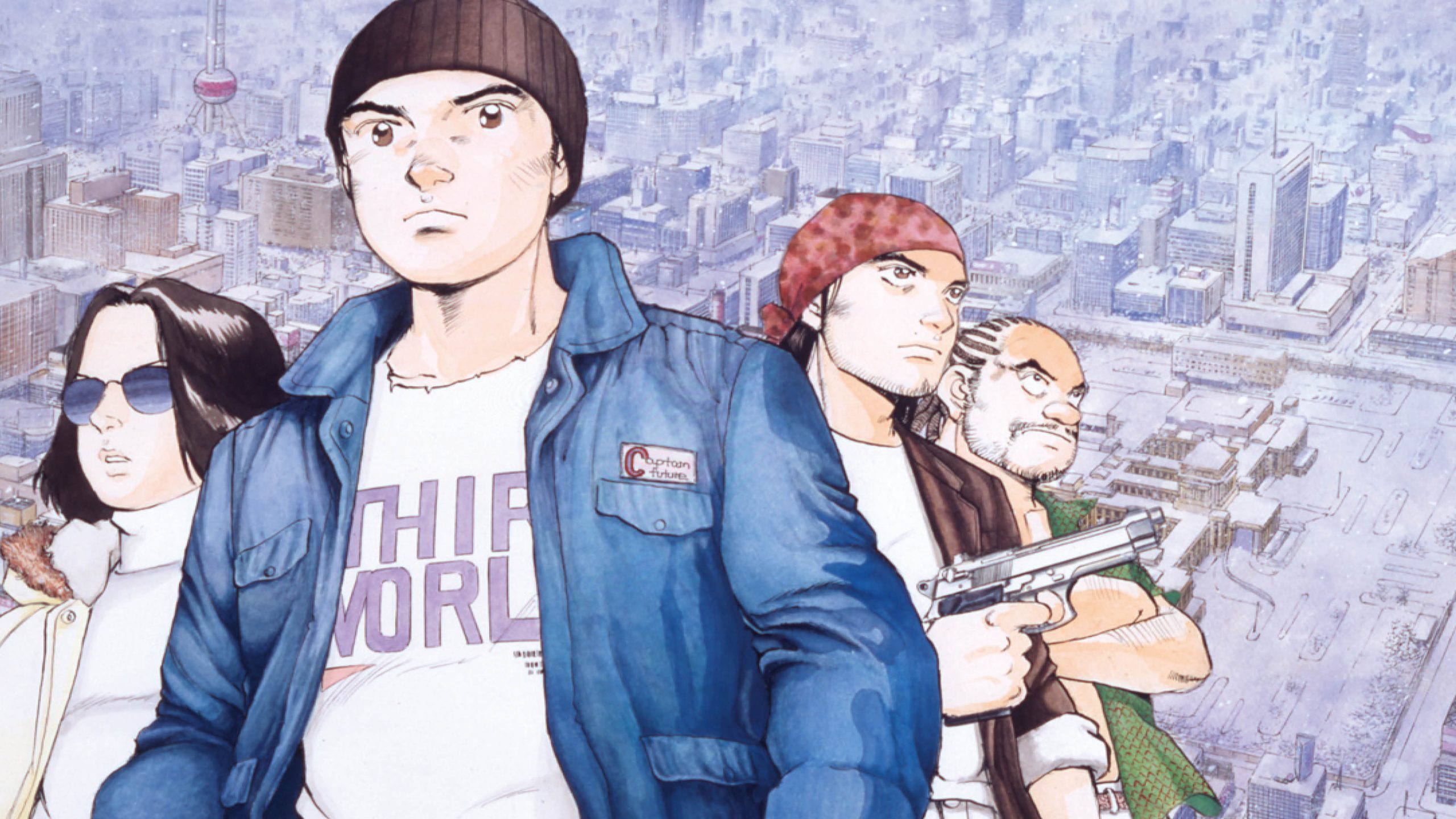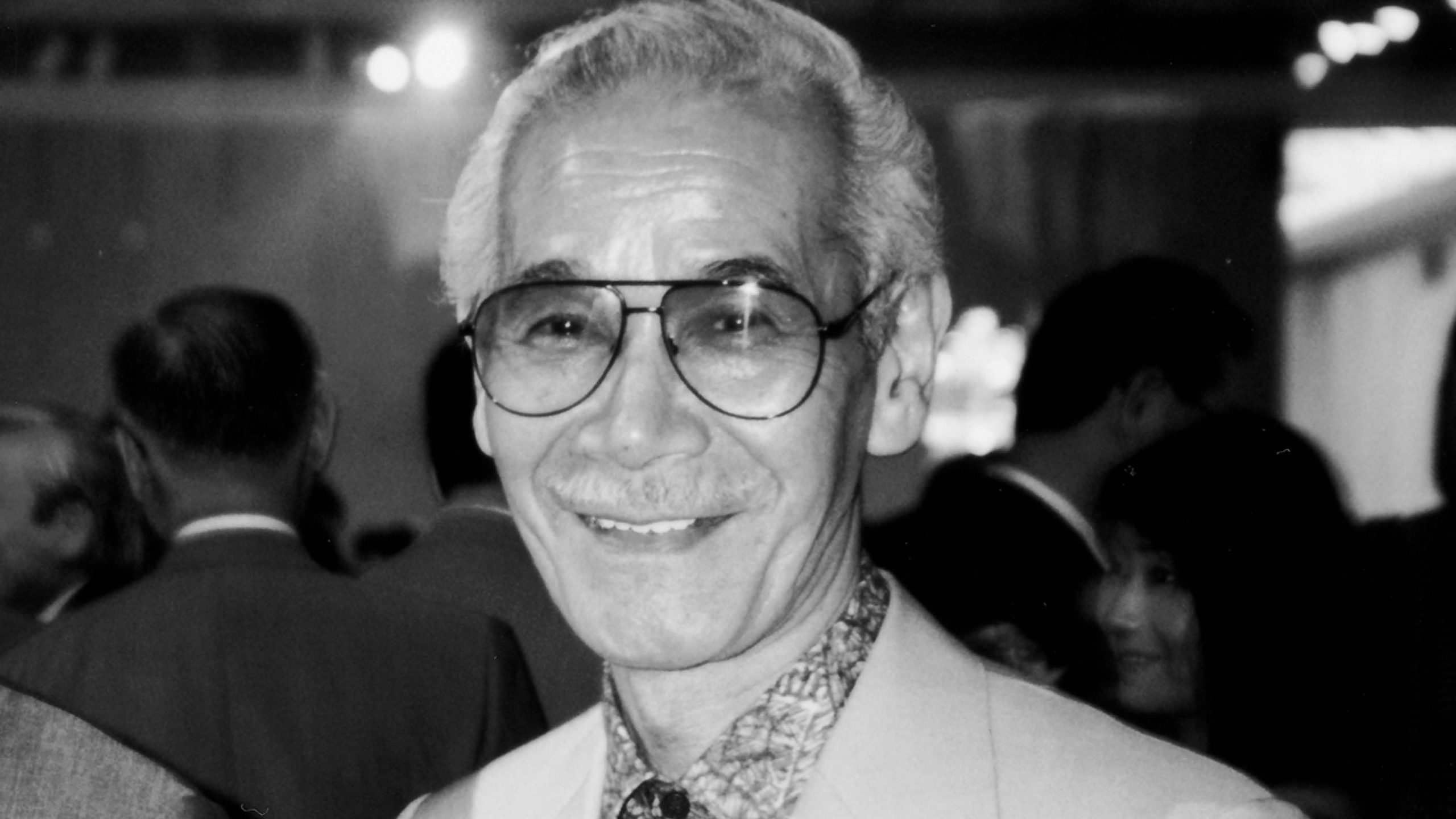10th JAPAN MEDIA ARTS FESTIVAL

Outline
Entry Period
2006.8.1(Tue) - 10.20(Fri)
Organizer
Japan Media Arts Festival Executive Committee
[Agency for Cultural Affairs / CG-ARTS]
Chair
KONDO Shinji(Commissioner of the Agency for Cultural Affairs)
Operating Committee
NAGATA Keiji(Chairman, CG-ARTS)
HAMANO Yasuki(Professor, University of Tokyo Graduate School)
Exhibition
Dates
2007.2.24(Sat) - 3.4(Sun)
Awards Ceremony
2007.2.23(Fri)
Venue
Tokyo Metropolitan Museum of Photography
Yebisu Garden Place
Admission
free

Jury / Major
Jury
Art Division
ASABA Katsumi
HASEGAWA Yuko
HARASHIMA Hiroshi
HARADA Daizaburo
YANOBE Kenji
Entertainment Division
ISHIHARA Tsunekazu
SUZUKI Yu
TANAKA Hideyuki
FUKUI Shinzo
MIZUGUCHI Tetsuya
Animation Division
TOMINO Yoshiyuki
KATAYAMA Masahiro
TERAI Hironori
HIGUCHI Shinji
YAMAMURA Koji
Manga Division
Monkey Punch
ISHIZAKA Kei
SAITO Takao
FUJIMOTO Yukari
WATANABE Masako








HAMANO Yasuki
Professor, The University of Tokyo Graduate School
As media art continues to specialize, this aspect of this festival becoming more important
Needless to say, it is the quality of the entries that has allowed the Japan Media Arts Festival to reach its 10th anniversary, but we must also recognize the importance of the jury members who strived to judge them fairly. The jurors are irreplaceable assets, though we must continue to uphold the principle that limited the term of the jury to 3 years, in order to maintain fairness and to allow a variety of people to join the judging process. The judgments are always made with the impartial attitude that an entry is primarily to be evaluated as an independent work, which helps to further establish the credentials of the awards. Over the years, there has been an increase in the number of organizations awarding prizes for media art. This is welcome, as it also increases the number of opportunities to publicize such work. However, this is also tending to lead towards the fracturing of media arts into specialties with insular awards. The Japan Media Arts Festival, through commendations and divisions that mirror people’s general interests, seeks to popularize and cultivate media art work in general. As media art continues to specialize, this aspect of this festival is becoming more important.
As a result of the continuing diversification of new forms of expression, the labor of the judging process is rapidly increasing, as the already extensive area of consideration necessarily expands; we are counting on the tireless efforts of the secretariat office staff and the selfless exertions of the jurors. Also, every year, the entries seem to become more and more highly developed. Consequently, the selection has become even more difficult, and it is not unusual in recent years to see the decision for the Grand Prize fall victim to confusion and disagreement. The truth is that there are many excellent entries; during the judgment this year, I often heard the opinion that some of the unawarded works were actually as good as the Excellence Prize winners. Although the judging discussions were sometimes deadlocked, it was always the direct result of the earnestness and fairness of the jurors; I wish to express my gratitude to them. I am certain that this year’s award-winning works, which have been selected through a severe judgment process, are all suitably outstanding for this 10th anniversary year.